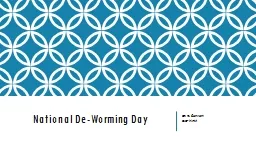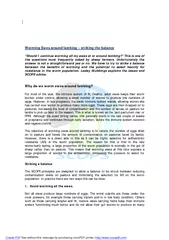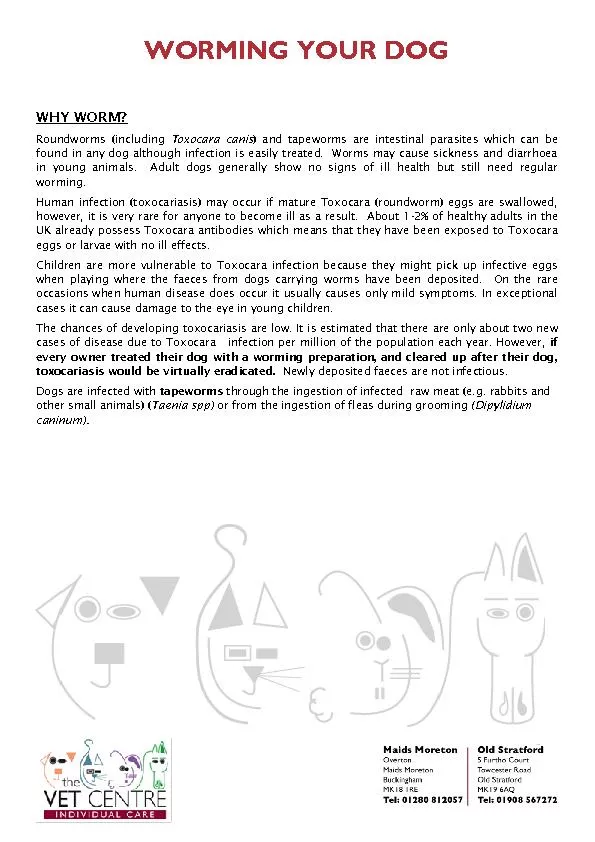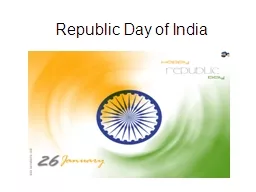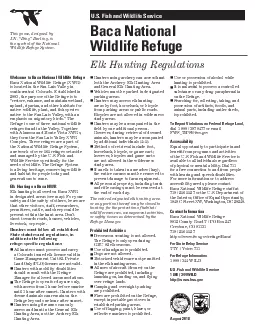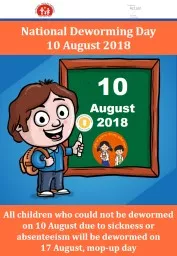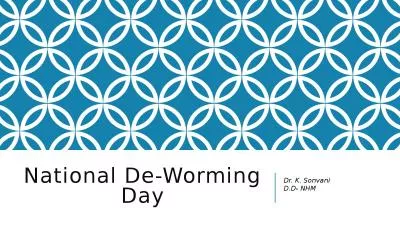PPT-National De-Worming Day
Author : pamella-moone | Published Date : 2016-06-09
Dr K Sonvani DD NHM Contextualizing National DeWorming Day O nly a few States currently run effective school and Anganwadi based deworming programs Some run relatively
Presentation Embed Code
Download Presentation
Download Presentation The PPT/PDF document "National De-Worming Day" is the property of its rightful owner. Permission is granted to download and print the materials on this website for personal, non-commercial use only, and to display it on your personal computer provided you do not modify the materials and that you retain all copyright notices contained in the materials. By downloading content from our website, you accept the terms of this agreement.
National De-Worming Day: Transcript
Dr K Sonvani DD NHM Contextualizing National DeWorming Day O nly a few States currently run effective school and Anganwadi based deworming programs Some run relatively ineffective programs with sporadic deworming efforts and low coverage. DAY 1 DAY 2 DAY 3 DAY 4 WZK d t d dt d d KW d d d KW D d t d W d W d SAMPLE 2WEEK m pm am pm am pm am pm am pm am pm am pm am pm am pm am pm am pm am pm Meal 1 Meal 2 Meal 3 Meal 4 Meal 5 Meal 6 NOTES brPage 3br The Training for LIFE Experience Daily Progress Report ACTUAL Upper Body Muscle Groups Chest Shoulders Back Triceps Bice hobby listen to and when you trying to quit may smell like sticks to ke ep meditation tapes smoke log cigar ette smoke your mouth busy keep b usy during information into decide on a plan the times you smoking diary to handle c ravings normally sm conceptualising. National Identity . Professor . G. ayle McPherson. University of the West of Scotland. 12. th. Session of the European Cultural Parliament, September, 2013. Challenge: . why is there not a UK “national day”?. HORSE OWNERS’WormingGuide IntroductionWorm control is not simply dosing your horse on a regular basis. To be effective Four Golden Rules need to be followed.The golden rules of worming have been WH Y WORM ? Roundworms (including Toxocara canis ) and tapeworms are intestinal parasites which can be found in any dog although infection is easily treated. Worms may cause sickness and diarrhoea National Youth. Science Day (NYSD). Dissect diapers. Discuss hydrogels and polymers. S. oil science experiments. Connect to gardening. Quick Use. S. tress “toy”. CO2 creation observation. Discuss yeast feeding and process. Mr. Heath. Blue Creek Elementary School. Decoration Day . Memorial day was originally called Decoration Day. It may have started when women’s groups in the South began decorating the graves of fallen soldiers during the Civil War. . The Republic Day of India. is a . national holiday of India. to mark the adoption of the . Constitution of India. and the transition of India from a British Dominion to a . republic. on . January 26, 1950. . Funded by the National Science Foundation Occasional Paper No 1 Standards for Science Education Senta A Raizen National Institute for Science Education NISE Publications The NISE issues papers to faci Baca National Wildlife Refuge SystemUse or possession of alcohol while It is unlawful to possess a controlled substance or any drug paraphernalia Searching for collecting taking and possession of arti 10. August . 2018 . All children who could not be dewormed on 10 August due to sickness or absenteeism will be dewormed on . 17 August, mop-up day. National Deworming Day. 10 August 2018 . All children will be dewormed using albendazole chewable tablet. Sonvani. D.D- NHM. Contextualizing National De-Worming Day. O. nly. a few States currently run effective school and Anganwadi based deworming programs. Some run relatively ineffective programs with sporadic deworming efforts and low coverage.
Download Document
Here is the link to download the presentation.
"National De-Worming Day"The content belongs to its owner. You may download and print it for personal use, without modification, and keep all copyright notices. By downloading, you agree to these terms.
Related Documents

